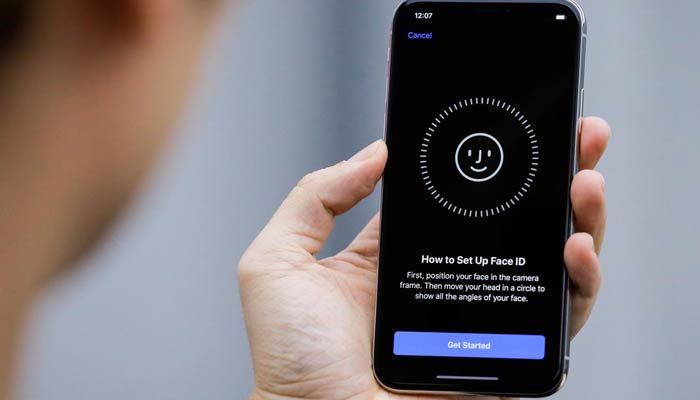How does Apple Face ID work?
Apple Face ID also adapts to changes in your appearance, such as wearing cosmetic make-up, etc
March 04, 2022

Technology is rapidly improving, offering new innovations and revolutionary projects every year.
All tech companies are adapting to these changes, among these is Apple's Face ID, a facial-recognition technology that was launched in the iPhone X in 2017.
The technology replaces Apple's Touch ID fingerprint scanning system for the company's latest iPhones, including the iPhone 13 mini, 13, 13 Pro and 13 Pro Max and it will likely be found on future iPhones too, Pocket-lint reported.
How does Apple Face ID work?
In Face ID, there are a number of hardware factors involved such as the TrueDepth camera system, neural networks and the Bionic chips.
While major concern among users is that does the new technology adapt to changes in your appearance, such as wearing cosmetic make-up or growing facial hair… so Apple's Face ID does.
For example, if there is a prominent difference in your appearance, like shaving off a beard, Face ID will confirm your identity by using your passcode before it updates your face data.
How can you set up Face ID in your Apple phone?
Here’s the process to follow:
- Tap Settings
- Tap Face ID and passcode
- Enter your passcode
- Tap 'Enroll Face' (under Face ID)
- Tap 'Get Started' and follow the on-screen prompts
- You will be asked to position your face within a frame
- Move your head around so it can be properly scanned
When setting up Face ID, you'll need to move your head around slowly so that Face ID can fully recognise your face. The setup process will take two scans of your face and then that's it.
The scans enable Face ID to learn your face, so if you change your hairstyle, put on sunglasses, or grow a beard, Face ID should be able to adapt and still work. The facility works at all times











